Cypress: plant care, features and types

Coniferous plants in a suburban area fit perfectly into any design. Cypress - miniature decorative a coniferous plant that can be placed both outdoors and at home. It is important to know how to properly care for the plant.
Content:
- Cypress: description of the plant
- Landing: stages of preparation and execution
- Cypress propagation
- How to care for cypress
Cypress: description of the plant
Cypress is a monoecious, evergreen plant that belongs to the cypress family. There are 7 main types of plants:
- Dumb cypress
- Nootka cypress
- Thuja cypress
- Lawson's cypress
- Cypress pea
- Formosan cypress
- Yellow cypress
The plant has a cone-shaped crown, long drooping or outstretched branches. The trunk of the cypress tree is covered with scaly bark of a brownish-brown hue. Under normal natural conditions, the plant can grow up to 70 m in length. The color of the leaves is green with a yellowish or bluish-smoky tint. If seedlings The leaves are needle-shaped, but in adult plants they are scale-like. When the cones are ripe, their size does not exceed 12 mm in diameter. The seeds ripen in the first year after planting, so they can already be used for propagation.
Landing: stages of preparation and execution
It is recommended to plant cypress in partial shade. It is important to avoid lowlands and places where cold air stagnates. Some species need more light.Cypress grows in loamy, well-drained and moist soil. Planting should be done in the spring, when the soil is warm enough. The optimal time of year is spring.
The pit for planting cypress trees should be prepared in advance. It is best to do this in the fall, then the soil will have time to settle. Dig a hole to a depth of 50-80 cm and add a nutrient substrate. To prepare it, you need to take 2 parts of humus and peat, 3 parts of turf and 1 part of sand. Immediately before adding fertilizer, add a drainage layer. For this purpose, you can use broken bricks and crushed stone. Over the winter, the substrate will rot, and in the spring the soil will warm up faster.
Before planting, you need to water the hole with water, and spill the earthen ball with a root solution in a ratio of 1:5. Place the seedling carefully in the hole and cover it with soil. Landing In the spring, seedlings must be planted so that the root system is under the ground. At the same time, while loosening the soil, the roots should not peek out.
Cypress propagation
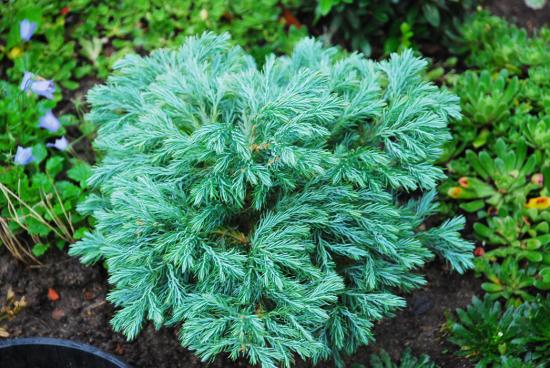
For propagation, vegetative methods are most often used - cuttings and layering. The first method is carried out as follows: cut cuttings about 5-10 cm long from young shoots. Next, remove the needles from the lower part and plant them in separate containers. For the substrate, sand and perlite are used in equal quantities and pine bark is added.
After planting, cover the cuttings with film. At high air humidity, rooting will occur in 1-2 months. Transplantation of cuttings can be done immediately into open ground, after putting the bottle on, after cutting off the neck. It is recommended to propagate creeping forms of cypress by layering.
On the shoots that are located at the very bottom, make an incision and insert a small pebble.This is necessary to ensure that the incision site does not close. Next, lay the layering with the cut site on the ground and sprinkle lightly soil. The cuttings are watered throughout the growing season, and when their own roots appear, separate and replant.
Video review of cypress in the garden:
How to care for cypress
In order for the plant to grow and develop well, it should be cared for regularly. It is recommended to feed with complex fertilizer in the spring. After this, the soil should be loosened and watered. The first feeding should be done 2 months after planting. For seedlings, the concentration of the solution should be weak. An adult cypress tree is fed 2 times a month until mid-summer.
Kemira is a popular fertilizer. 100-150 g of fertilizer per square meter is enough. Cypress loves moisture. Approximately 8 liters of water should be added at a time. If the climate is dry, then watering can be increased. Once a week you can spray the plant. It is recommended to shade the seedlings, as the sun's rays have a detrimental effect on them.
You should not forget to mulch the plant. It is recommended to perform this procedure in the spring. As mulch, you can use bark, sawdust, or peat in a layer of about 7 cm. After this procedure, you can water the plant less often, but it is important to ensure that the top layer does not dry out.
If necessary, the cypress tree can be shaped into a cone-shaped or pyramidal shape. It is important to promptly remove old and dry branches that interfere with the full development of the plant. Pruning should be done in early spring. You can trim no more than 1/3 of the green mass. In the fall, when the growing season ends, it is advisable to cut off a third of the growth for the current year. You can start forming a crown a year after planting the cypress tree.
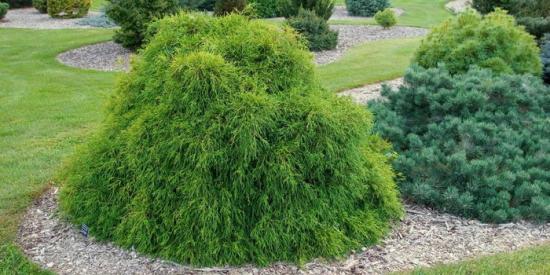
The coniferous plant is resistant to pests and various diseases, but with improper care they can be affected by spider mites or scale insects. If the cypress leaves begin to turn yellow and fall off, then this is the work of spider mites. To get rid of them, you can treat them with special means: Neoron, Apollo, Nuprid, etc.
If moisture stagnates in the root system, root rot may occur. This fungal disease can destroy the plant. The cypress tree needs to be dug up, the affected roots are cut off, treated with a fungicide and transplanted to another place. If the entire root system is involved in the process, then the plant cannot be saved.

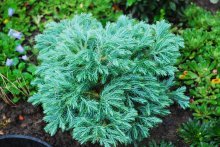
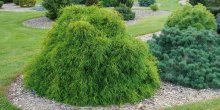
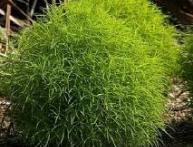
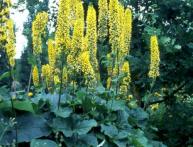
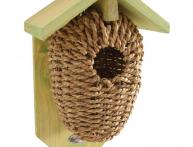
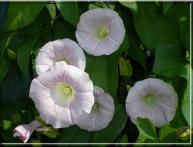
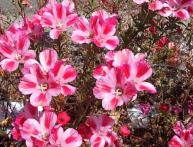
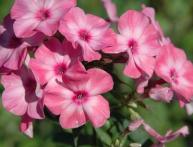
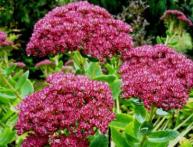
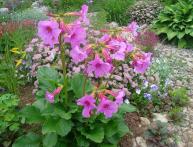
Comments
Cypress always looks chic and this makes everything around seem richer than it actually is. The plant is very resistant to pests, the main thing is not to forget to feed it on time.